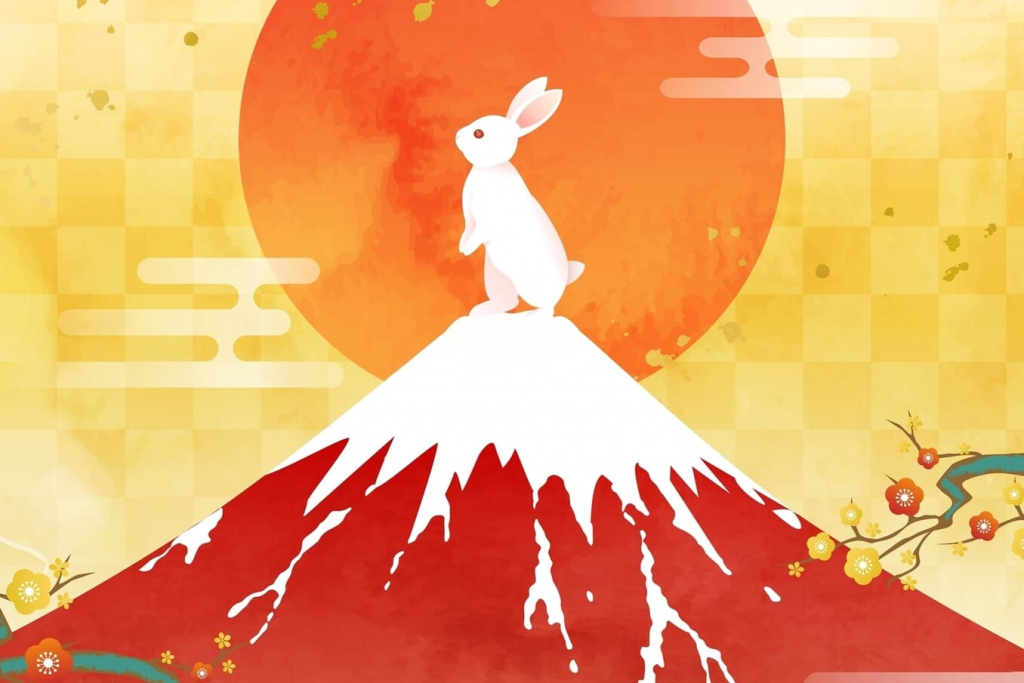Full of memories, we’re ready to leave 2023 behind and welcome 2024. This year again, some people are returning to the waning Japanese tradition of sending new year’s cards, or nengajo (年賀状).
Especially those who have not been able to travel back to their hometowns are missing that connection, particularly during the most common time to be with family and old friends — the new year. To fill that gap, many are choosing to send nengajo, says new year’s card maker Futaba Co., Ltd. A survey by the company found that the number of Japanese who plan to send nengajo at the end of 2020 jumped 126% from the year before. The most popular reason for choosing to send cards, rather than an online message or phone call, is their thoughtfulness and tangibility — that they physically exist and remain.
In 2021 and 2022 the number of nengajo cards is slightly going down again, but according to NHK World, Japan Post has prepared 1.65 billion cards for welcoming 2023.
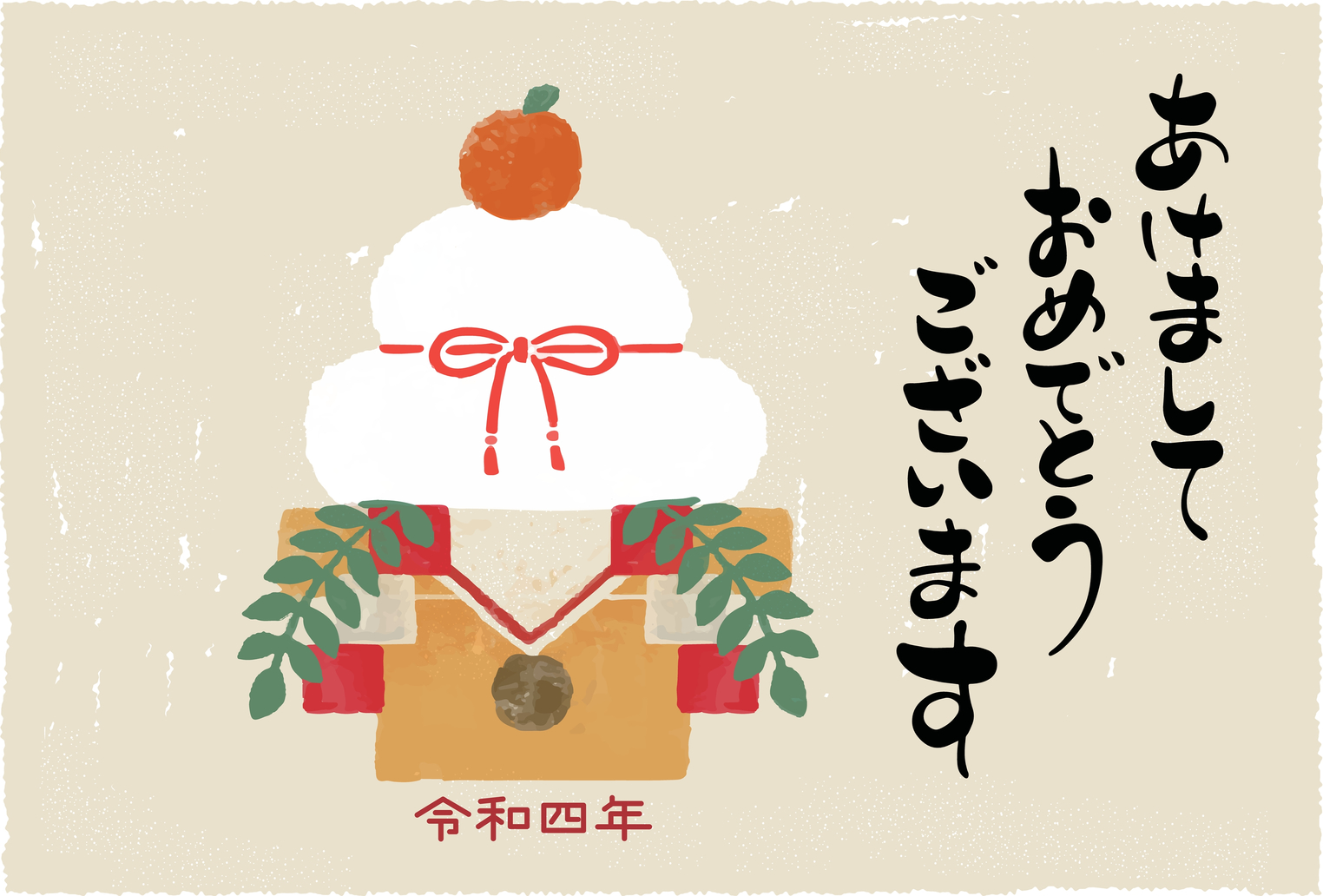
What’s Nengajo All About?
New year’s cards were born out of the traditional practice of visiting family and friends on New Year’s Day to exchange greetings. The nobility eventually began writing letters to greet acquaintances who lived far away. Written new year’s greetings already existed in the 11th century, during the Heian Period, and probably earlier.
Just like Christmas cards in the West, nengajo should be sent to colleagues, clients, relatives, friends, and anyone who will send you one. The traditional rule of thumb is anyone who has looked out for you during the year.
The Best Timing for Nengajo
Just as we need our Christmas cards delivered by December 25, nengajo are also very time-specific — you want recipients to be able to find the cards in their mailboxes first thing on January 1. That is why, in a yearly display of postal prowess, Japan Post holds back nengajo that it receives between December 15 and 25 to deliver them early on New Year’s Day.
As a guide to how big a job that is, for the 2021 new year, the post office issued 1.94 billion nengajo, and many more self-made new year’s cards will also be sent. For the 2023 new year, according to NHK World, Japan Post has prepared 1.65 billion cards. That compares with a peak of around 3.7 billion cards in 1997.
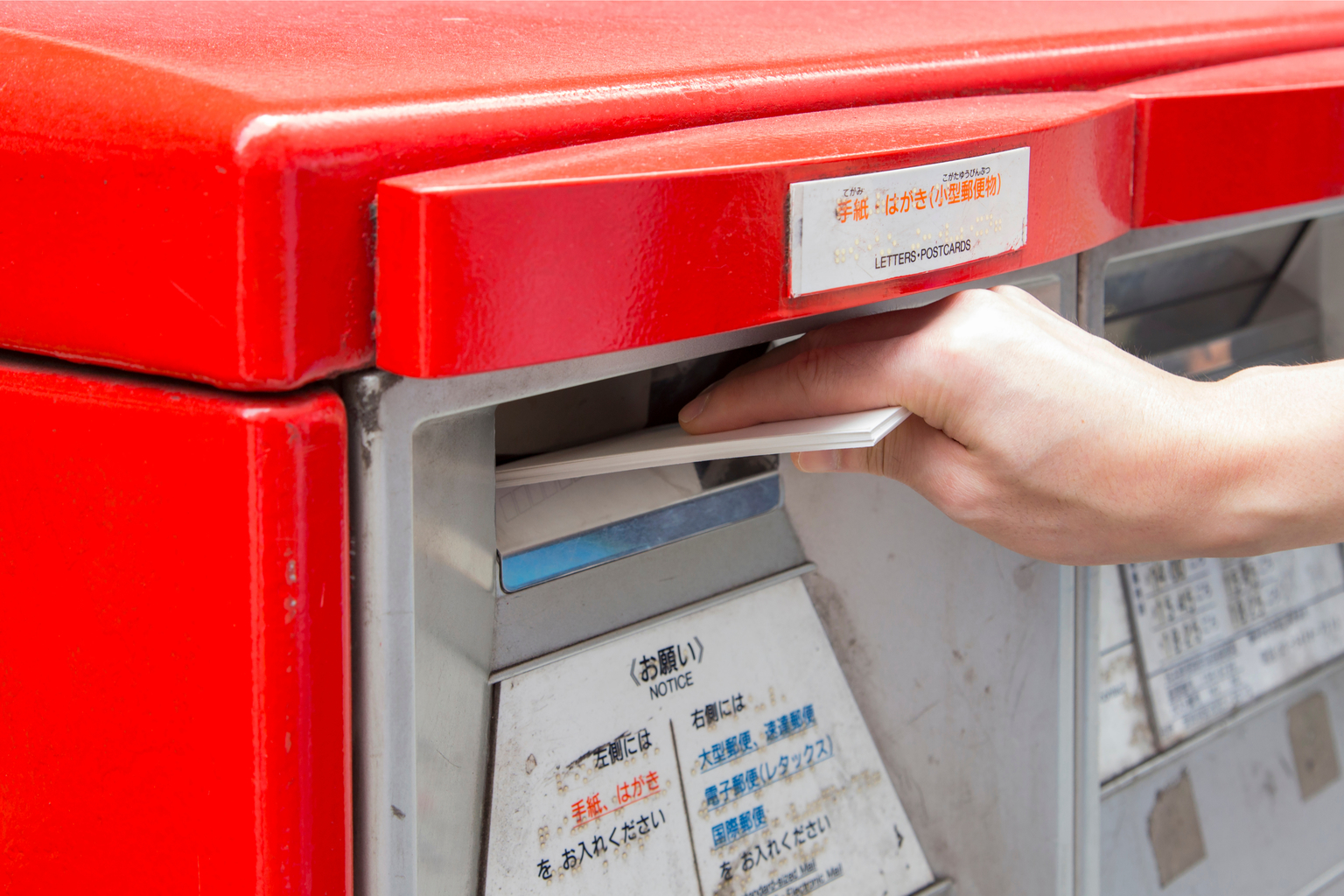
If you receive a card from someone you haven’t sent one to, quickly write a new card up and post it. If your card won’t be in time for New Year’s Day, the next deadline is delivery by January 3, which is typically the last day of the new year holiday period. As long as your card arrives by January 7, you’ll have committed no etiquette infringement. From January 8 onward, the appropriate epistle is a winter greeting card, or kanchuu mimai (寒中見舞い).
Be aware that you should not send nengajo to those who have suffered a family bereavement in the passing year. People who have, and who expect to receive a card from you, will warn you of that fact in advance via a postcard called mochuu hagaki (喪中はがき).
How to Send Nengajo
You can buy pre-paid new year’s cards at post offices, stationery stores and convenience stores until early January. They cost ¥63 each. You can buy a blank card and decorate it yourself, or choose from a broad range of designs. As well as pictures of Mount Fuji, some of the most popular images are of the Chinese zodiac sign of the new year. In 2023, that will be the rabbit. Many families print photos onto the cards of things they got up to during the year.
If you make your own new year’s card, be sure to write nenga (年賀) on it so that the post office will handle it as nengajo. You will need to add a stamp, of course.
To send pre-paid new year’s cards overseas, add a stamp, write “postcard” and “air mail” on it and align the card horizontally when you address it. The delivery date won’t be guaranteed. You can see the recommended format here.
From the middle of December, post boxes will dedicate one slot to nenga hagaki (年賀はがき), or new year’s cards, so post your cards into that, or hand them in at a post office.
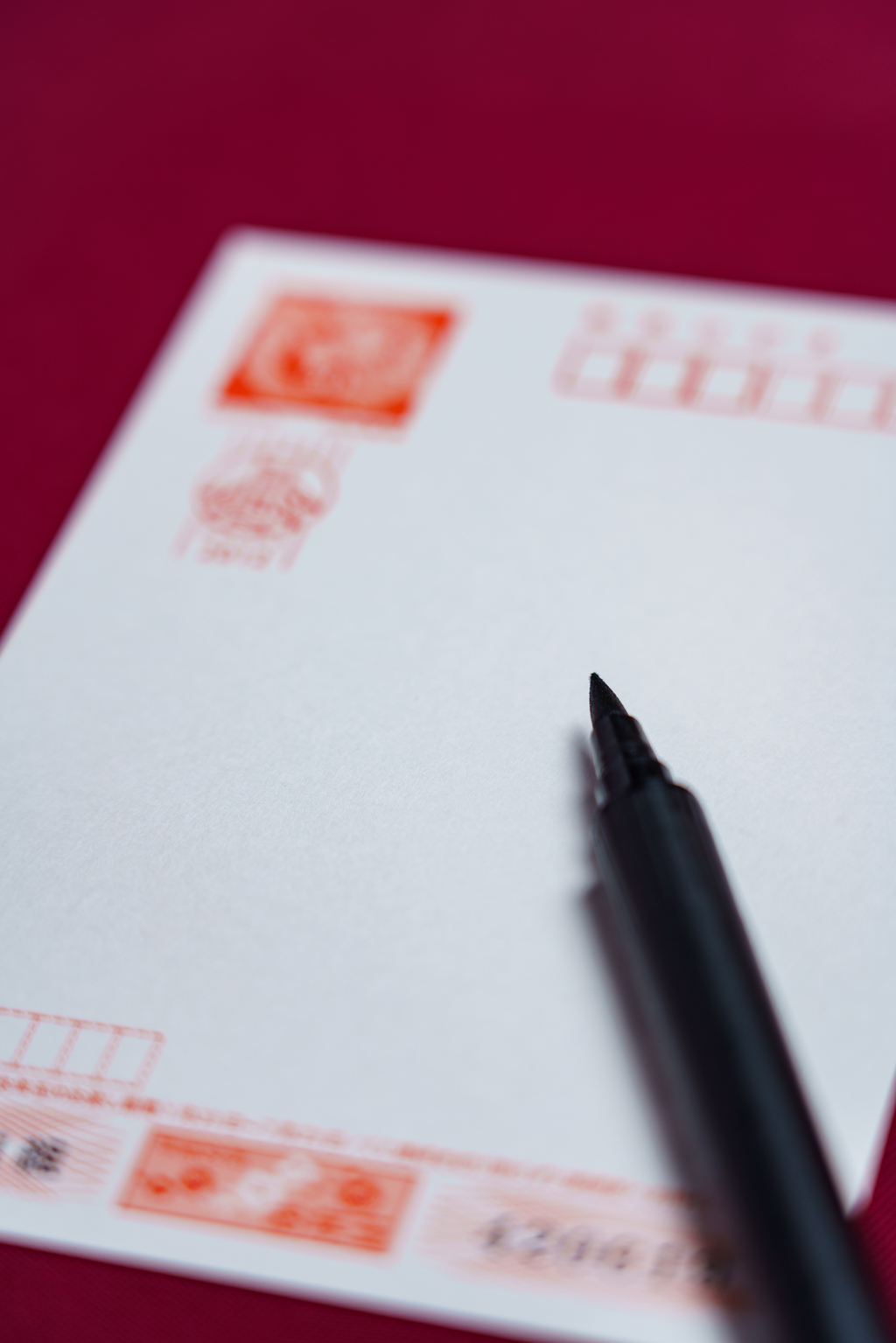
How to Write Nengajo
If you use pre-decorated new year’s cards, appropriate greetings will already be inscribed, so you only need to add the addresses. If you want to get a bit more hands-on, here are some popular phrases that you can write yourself.
The minimum requirement to create a nengajo is the words “Happy New Year.” Here are some ways to say that:
- 明けましておめでとうございます (akemashite omedetou gozaimasu)
- 新年おめでとうございます (shinnen omedetou gozaimasu)
- 謹賀新年 (kinga shinnen)
- 恭賀新年 (kyouga shinnen)
The last two of those greetings are more formal.
After that, you want to add a line of gratitude for the support you have received in the passing year, and then one that expresses your wish to continue your relationship in the new year. This is a popular combination of those phrases:
昨年中は色々とお世話になりました。(Sakunen-juu wa iroiro to osewa ni narimashita.) Thank you for all your support last year.
今年もどうぞよろしくお願いいたします 。(Kotoshi mo douzo yoroshiku onegai itashimasu). I look forward to receiving your good favor again this year.
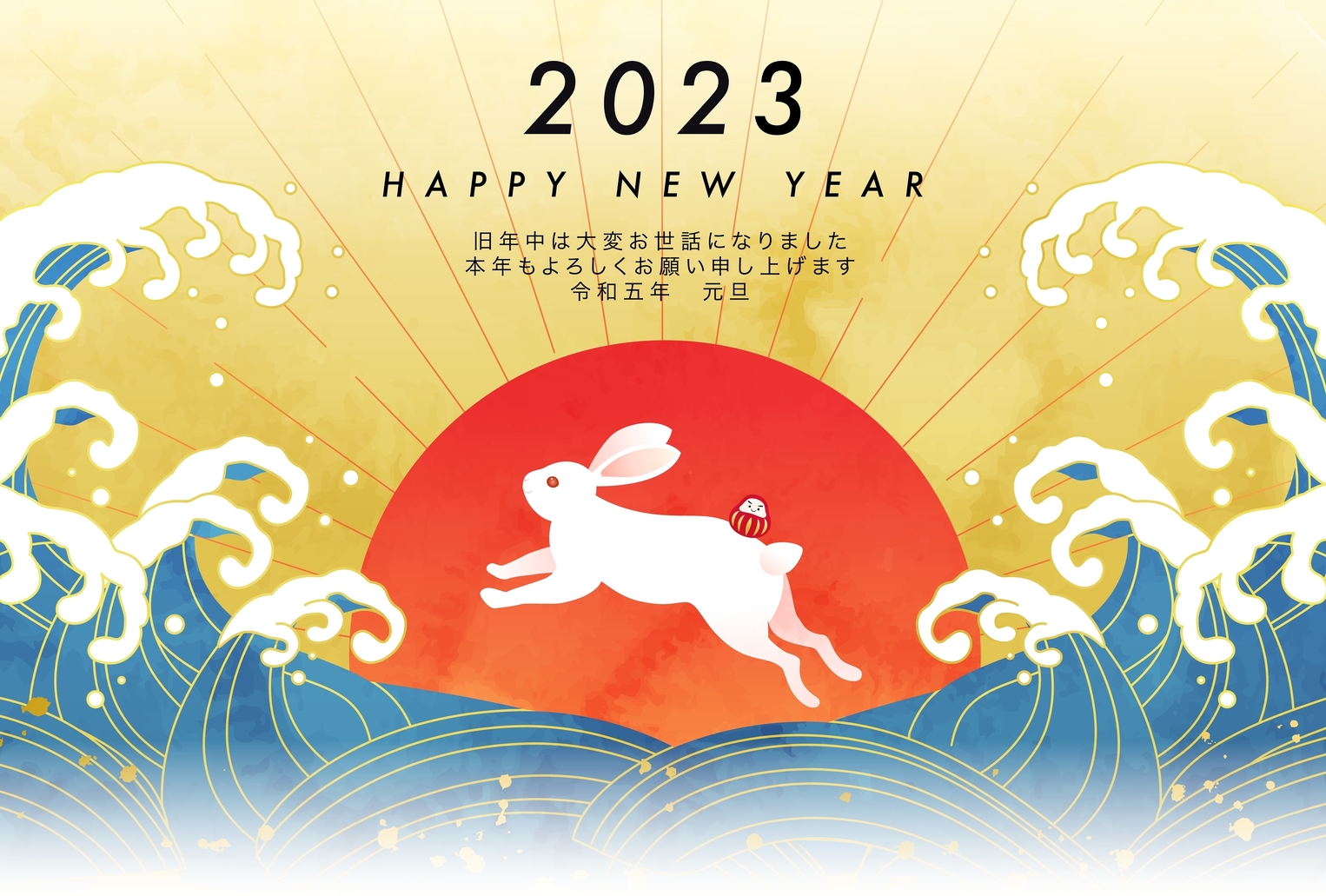
Writing to a Friend
For a more casual approach in a new year’s card to a friend, you might like to use part of the example given here and write this for those middle phrases:
昨年はたくさんの楽しい時間を一緒に過ごしてくれて、ありがとうございます。(Sakunen wa takusan no tanoshii jikan wo issho ni sugoshite kurete, arigatou gozaimasu.) Thank you for all the fun time we spent together last year.
今年も、お互いに仕事も遊びも思いっきり楽しみ、充実した一年にしたいものですね。(Kotoshi mo, otagai ni shigoto mo asobi mo omoikkiri tanoshimi, juujitsu shita ichinen ni shitai mono desu ne.) This year, too, let’s both fully enjoy our work and our play to make it a fulfilling year.
A Formal Approach
For a more formal approach, you can use these phrases:
本年も変わらぬお付き合いをお願いいたします。(Honnen mo kawaranu otsukiai wo onegai itashimasu.) Please let us continue our good relationship this year.
ご健康で幸せな一年でありますようお祈りいたしております。(Go-kenkou de shiawase-na ichinen de arimasu you o-inori itashite orimasu.) I am praying that it is a year of good health and happiness for you.
Acknowledging Covid-19
You might also like to include a phrase that refers to the pandemic.
コロナが落ち着いたら、またお会いしましょう。(Corona ga ochitsuitara, mata o-ai shimashou.) Let’s meet again when the coronavirus has settled down.
昨年は大変なこともありましたが家族の絆や友情に感謝した一年でした。 (Sakunen wa taihen-na koto mo arimashita ga, kazoku no kizuna ya yuujou ni kansha shita ichinen deshita.) There were many tough aspects, but last year was a year in which I was thankful for friendship and the ties to my family.
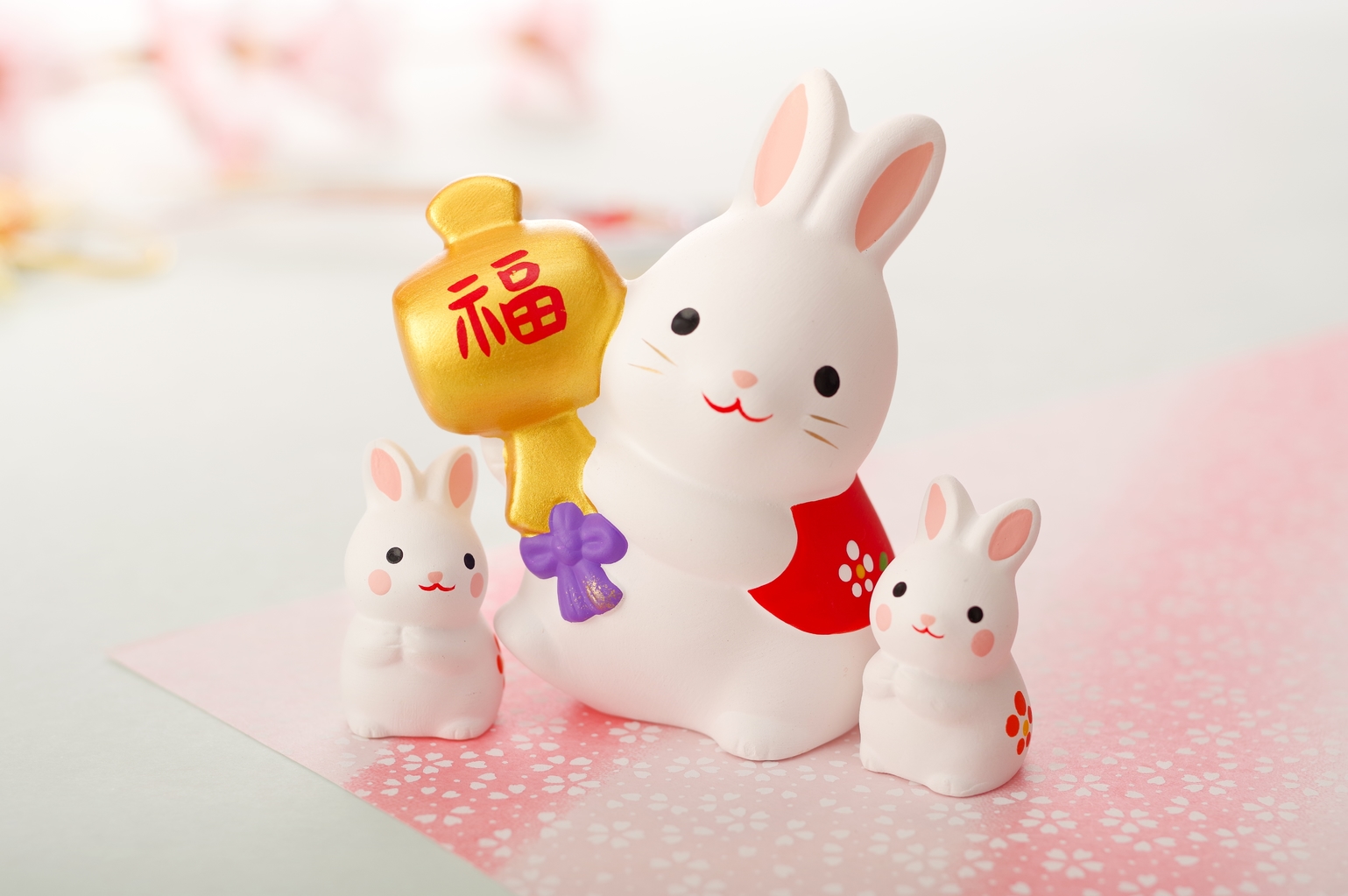
At the end, date the card using the term 元旦 (gantan), which means New Year’s Day. The most popular way to do that is to write, for New Year’s 2023, 令和5年 元旦 (Reiwa 5nen, gantan), which counts the years under the Japanese era system. Alternatively, you can also write, 二〇二三年 元旦, (2023nen, gantan), where ‘nen’ means ‘year.’
If you make a mistake writing a card, take it to the post office, where, for a small fee, they will swap it for either a new postcard or a stamp.
Electronics stores like Bic Camera, camera stores and the convenience store Seven-Eleven are among the many companies that can print new year’s cards for you. Japan Post also has an online page in Japanese from which you can either create cards to print at home, or use your smartphone to design them and print them out at a convenience store.
The Lucky Draw of Life
You may sometimes hear Japanese jokingly refer to the practice of sending new year’s cards as a kind of once-a-year ‘survival check’ (生存確認, seizon kakunin). An idea very similar to that was actually used to encourage more people to resume the practice of sending new year’s cards after it was halted during the Second World War.
A Kyoto man, who had no particular connection to the postal service, thought nengajo would be a good way to help people share their whereabouts and aid the country’s recovery from its battered defeat. He had the idea of adding lottery numbers to the cards issued by the post office, which would win the recipient prizes. The system started in 1949 and continues today.
The first prize this year, for an estimated one in every one million new year’s cards, is an e-money gift card worth ¥310,000. The winning numbers will be announced on January 17. There is a range of smaller prizes, too, for cards’ whose final two, or four digits, for example, are drawn. Take the winning card to a post office to redeem your prize.
The campaign video by nengajo-manufacturer Futaba encouraging people to send each other greeting cards this year revolves around the experience of writing your first nengajo.
Related Posts
- What is Hatsumode? Japan’s New Year Tradition
- An Alternative Guide to New Year’s Hatsumode in Tokyo
- 7 Lesser-known Japanese Traditions
Updated On December 27, 2023

